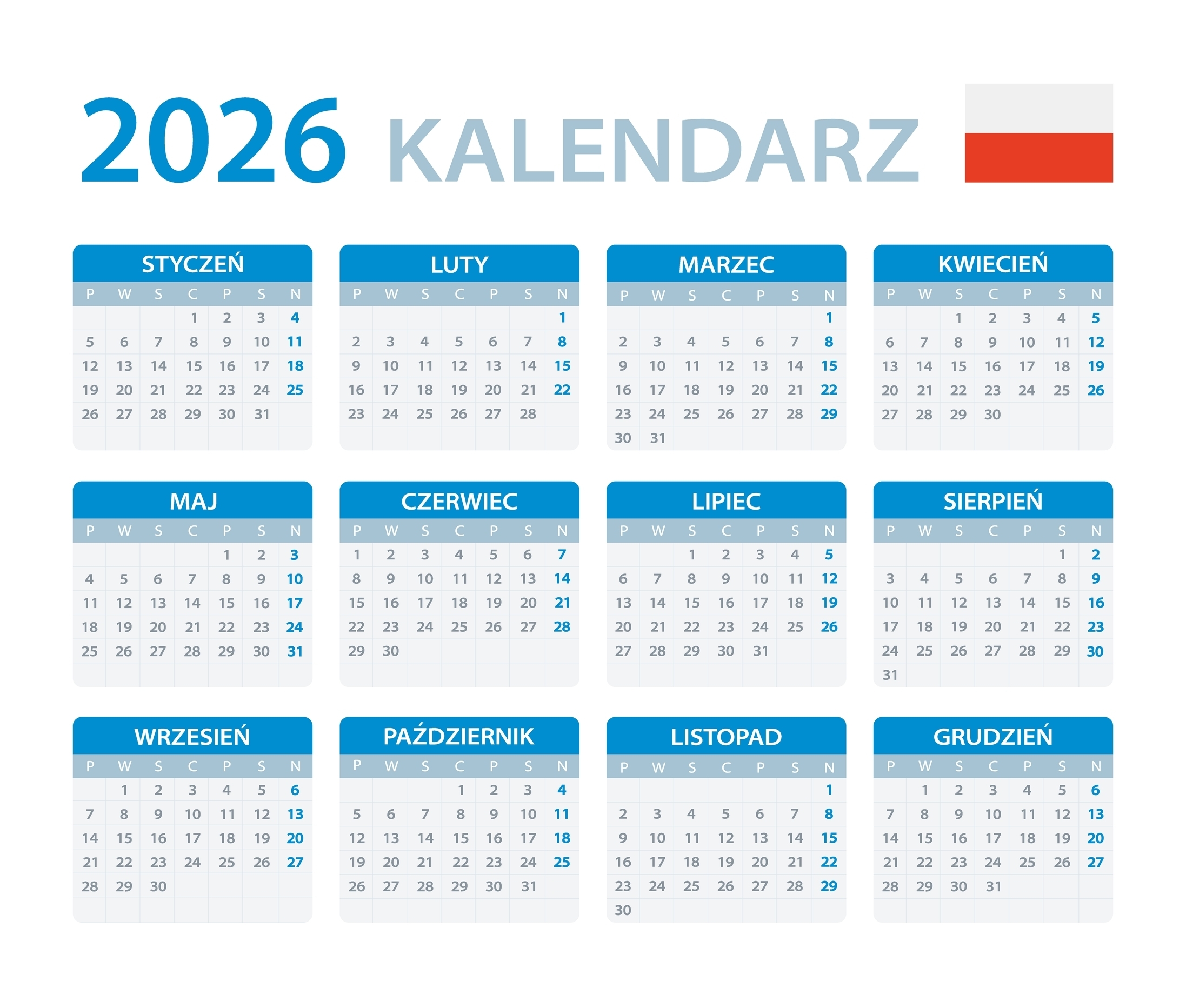Maximizing learning impact: the power of hybrid learning & collaborative educational spaces
In today’s fast-evolving educational landscape, the quest for more effective learning methods has never been more paramount. Enter the dynamic duo of hybrid learning and collaborative educational spaces—innovations shaking the foundations of traditional teaching models. But how can educators, students, and institutions capitalize on these tools for maximum impact? Let’s delve into the transformative potential they hold, backed by compelling statistics and practical strategies. Whether you’re an educator, parent, or student, understanding these shifts is vital to staying ahead in the 21st-century education game.

Understanding Hybrid Learning: Beyond Convenience and Flexibility
Hybrid learning is reshaping classrooms worldwide by blending the advantages of face-to-face interactions with the flexibility of online learning. But what exactly sets hybrid learning apart?
1. Seamless Integration of Technology: By weaving tech into the educational fabric, hybrid learning enhances engagement, personalization, and resource accessibility. A 2022 study showed a 35% improvement in student performance when technology was integrated effectively.
2. Personalized Learning Paths: One-size-fits-all is outdated. Hybrid allows individual pacing, ensuring students tackle subjects tailored to their learning styles.
3. Enhanced Collaboration Opportunities: Tools like virtual whiteboards and interactive forums create spaces where ideas bloom—beyond geographical constraints!
Collaborative Educational Spaces: Redefining Interaction and Collaboration
As we embrace new ways of learning, collaborative spaces serve as physical manifestations of the hybrid model’s ethos. These environments facilitate creativity and cooperation, fostering an enriched learning experience.
1. Multi-Use Design Flexibility: Classrooms that transform based on need—be it group projects, social interactions, or silent study—factor seamlessly into modern educational spaces.
2. Encouraging Active Participation: Open spaces equipped with interactive boards, smart seating, and digital resources invigorate discussions and elevate idea-sharing.
3. Real-time Feedback & Assessment: Immediate insights provided through collaborative tech ensure timely corrections and ongoing engagement.
Frequently Asked Questions About Гибридное обучение и совместные образовательные пространства
Q: How do hybrid and collaborative spaces influence student retention rates?
Statistics indicate that students in hybrid settings show a 20% higher course completion rate. By engaging multi-modal learning environments, students remain more invested and connected.
Q: What role do educators play in this hybrid model?
Traditional roles of educators have evolved from being sole content deliverers to facilitators of dynamic, multi-platform interactions, enabling more interactive learning experiences.
Q: Are these methods scalable?
Absolutely. With the aid of technology and adaptive learning strategies, these models can be effectively scaled across diverse schools and educational systems.
Implementation Strategies for Success
The dynamic transformation stands to redefine education’s future. Here’s how to leverage these changes effectively:
1. Prioritize Infrastructure Upgrades: Ensure seamless tech integration and create spaces that cater to various learning modes.
2. Train Educators Continuously: Equip educators with skills to navigate hybrid platforms and manage collaborative spaces efficiently.
3. Foster a Culture of Adaptability: Encourage students to adapt swiftly to changing methodologies, cultivating a resilient education mindset.
4. Measure Through Analytics: Leverage analytics to track engagement and learning outcomes, iterating on strategies for continuous improvement.
Conclusion: The Way Forward
The educational realm stands at a pivotal juncture, and those adopting hybrid learning and collaborative spaces are poised for success. With an emphasis on innovation, retaining flexibility, and nurturing inclusivity, educational institutions can harness these transformations for exponentially improved outcomes. By embracing these changes, we forge a path to a more dynamic, engaging, and effective educational future. Whether you’re a stakeholder, educator, or parent, it’s time to take this leap forward, ensuring our next generation thrives in a world of boundless possibilities.















